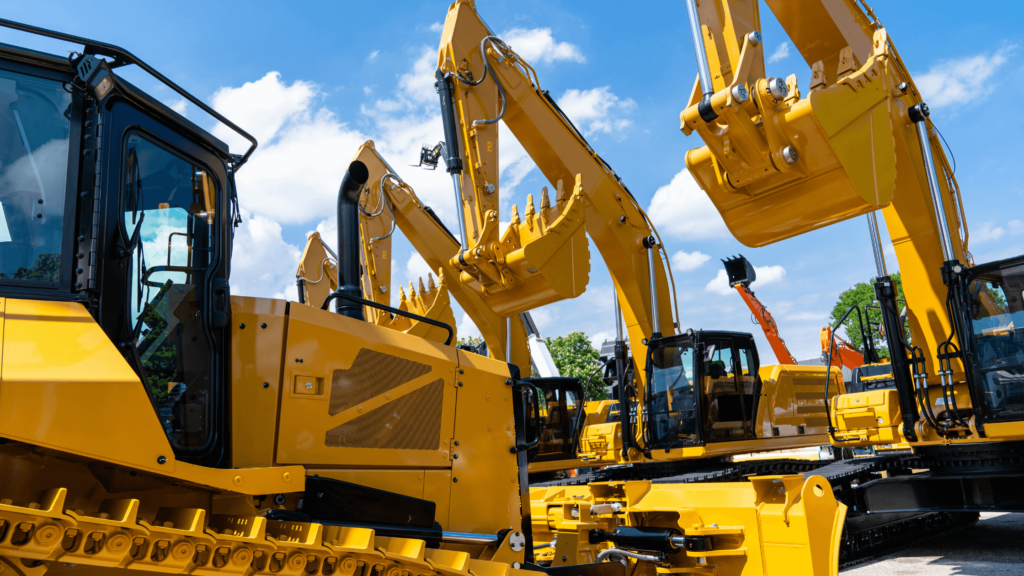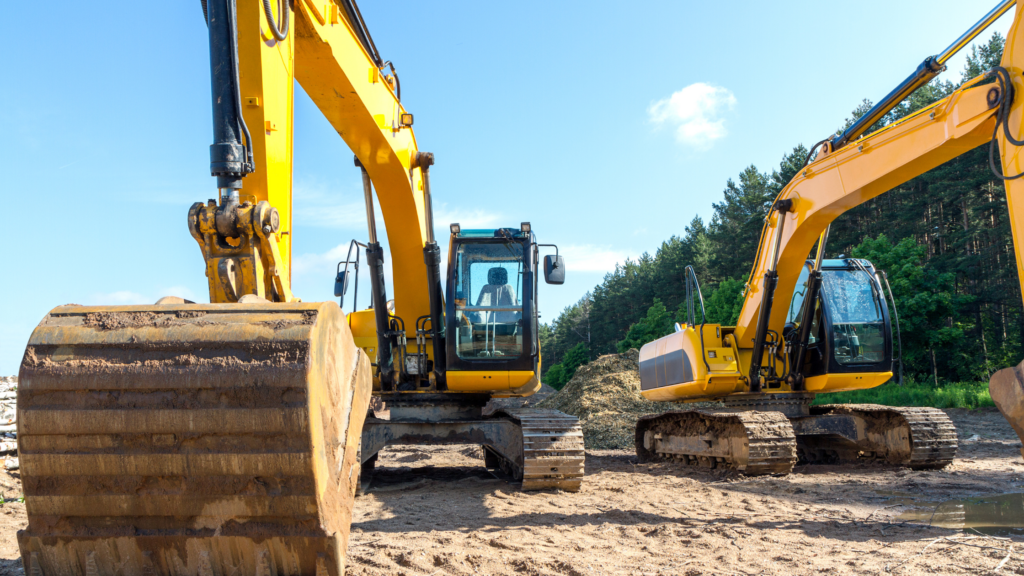Leasing or buying heavy equipment is one of the most important financial choices a construction business can make. Leasing has become an increasingly popular option, offering advantages like lower upfront costs and access to newer technology. However, like any major business decision, leasing has its own pros and cons. Understanding these can help construction companies make the best choice for their operational needs and financial goals.
Pros of leasing heavy equipment

Lower upfront costs
Leasing allows businesses to use expensive machinery without the significant upfront investment required to purchase it. Instead of tying up capital in equipment purchases, companies can allocate those funds to other critical areas of the business and profit from the flexibility.
Access to the latest technology
Leasing provides access to the newest models of heavy equipment, helping businesses stay competitive. As rental companies frequently update their fleets, companies that lease benefit from advancements in efficiency, safety, and emissions standards.
Maintenance and repair are covered
One of the most attractive aspects of leasing is that maintenance and repairs are often the leasing company’s responsibility. This reduces the burden on your staff and cuts down on unplanned expenses, ensuring that your equipment remains in good working condition throughout the lease term.
No need for storage
Leasing eliminates the problem of finding storage for large machinery when it’s not in use. Once the lease period is over, the equipment is returned, freeing up valuable space and resources that would otherwise be used for long-term storage.
Cons of leasing heavy equipment

While leasing heavy equipment has many advantages, it’s also crucial to consider the potential downsides. For businesses with long-term equipment needs, leasing may result in higher overall costs and limitations in terms of availability and customization. Understanding these drawbacks is crucial when deciding the best approach for your company’s equipment strategy.
Higher long-term costs
While leasing minimizes upfront expenses, it can become more expensive in the long run, especially for businesses with ongoing equipment needs. The cumulative leasing fees can eventually surpass the cost of owning the equipment outright. For companies that use heavy machinery regularly, purchasing may prove to be a more cost-effective option.
Limited availability
Leasing equipment means you are dependent on the rental company’s inventory, which may not always have the machinery you need when you need it. During peak times or high demand, this can lead to delays in project timelines or force you to settle for less optimal equipment.
No customization options
When leasing, you typically cannot modify or customize the machinery to fit specific project needs. The equipment must be returned in its original condition, limiting your ability to tailor it to unique requirements or upgrades that could improve efficiency.
No equity or resale value
Leasing does not provide the long-term benefits of ownership, such as building equity or being able to resell the equipment once it’s no longer needed. Once the lease term is over, the payments made are essentially gone, leaving you with no assets to show for it.
When to lease vs. buy (or combine both)
Deciding between leasing or buying heavy equipment depends on your business’s needs, project timelines, and financial situation. In some cases, a combination of both leasing and owning equipment may offer the best balance of flexibility and cost efficiency.
- Lease for short-term or specialized projects: Leasing is ideal for short-term or unique projects where the equipment is only needed temporarily, allowing you to avoid significant upfront costs.
- Buy for frequently used equipment: Purchasing is more cost-effective for regularly used equipment, providing long-term savings and the benefit of ownership.
- Combine both for flexibility: Combining leasing and buying can be a great option if you have both small- and large-scale projects on the go. This way, you can ensure that you have the equipment needed for large-scale projects while at the same time not needing to shell out tons of money on smaller ones.
Bottom line
Leasing heavy equipment offers flexibility and lower upfront costs, while buying is often the better choice for long-term use. Depending on your project needs, combining both may be the most effective strategy. Understanding when to lease, buy, or use a hybrid approach is key to optimizing your costs and resources.
For more construction tips and insights, subscribe to our weekly newsletter and follow us on LinkedIn to stay updated with industry news and advice!




1 comment